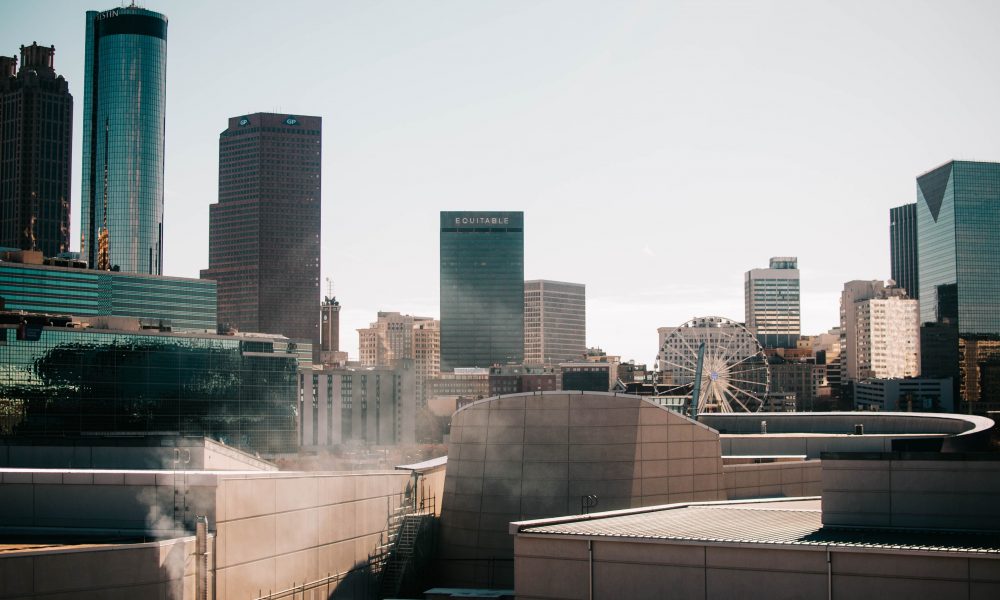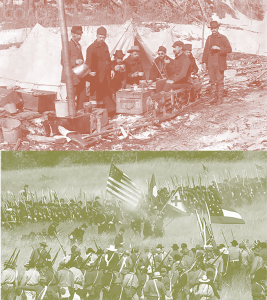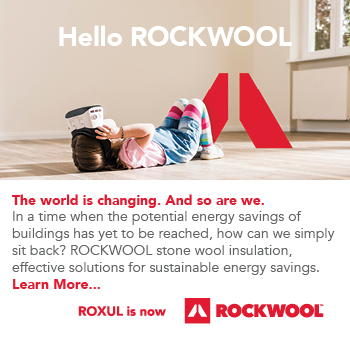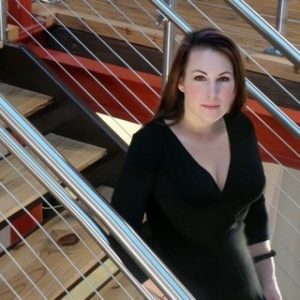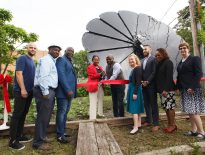In September of 2008, Atlanta was a sweltering 90 degrees Fahrenheit with a heat index that reached well into the 100’s. When it gets this hot in Atlanta, even the weeds start to go into survival mode by blooming and sending pollen as far and wide as possible. All human lifeforms are thereby also hot, miserable, and wondering if they are catching a summer cold or suffering from rhinitis. If you know anything about Atlanta and the surrounding Piedmont region, you know this is normal.
This particular month and year are significant for two reasons—for starters, the entire world was reeling from what would become one of the largest economic downturns since the Great Depression, but secondly, I was about to be let go from a large architecture and engineering company in what was the third of multiple rounds of layoffs.
This is the part where I leave you hanging in suspense as I back up to tell you how I got here to begin with…classic literary move, I know, but I promise you will need this information. I was born and raised in Southern California where seasonal winds and fires coincided with annual droughts like biscuits and gravy. I grew up conserving water, waiting to see if the early morning smog would burn off, and learning about fault lines and the California Gold Rush when my Southern counterparts were learning about the Civil War.
I was young, impressionable, clueless about global climates (thank you, coastal California), and enamored with my babysitter, Stephanie, who could cut the straightest lines freehand with any pair of scissors. She was so cool. And to this day, Stephanie’s proclamation about how she wanted to save the planet by vowing to only use recycled content paper during her bat mitzvah resonates with me. I wanted to be a marine biologist and now I, too, wanted to save the planet and only use recycled content paper.
Fast forward to the mid-nineties and “We’re moving to Atlanta!” and the crying and the, holy hot, “what is this new hell you have brought me to, you evil parents?” and more seriously, what is the Civil War and where is the closest body of water? I quickly realized that life in Southern California is everything you hear it can be and I would have rather been worried about droughts and fires than mosquitoes, tornadoes, and hurricanes.
Not long after came my desire to be a doctor and to save lives over saving the planet. During my senior year in high school, I fell into an internship and discovered the wonderfully fast-paced world that is the building industry. I accepted a college admission to the prestigious Georgia Institute of Technology and, just like that, I was back on track to saving the planet.
So, the world as we knew it was ending, I had just lost my second architecture gig, and I remember immediately looking for other opportunities, making phone calls, and attending lots of industry functions. I was incredibly lucky to find two additional positions with architecture companies while some of my friends would ultimately leave the industry altogether and never look back. One of these companies was Epsten Group, Inc. (EGI), who unlike most companies in the Southeast, had been dedicated to sustainability in the built environment from day one. In hindsight, I should have bought a lottery ticket. Thank you, economic downturn, for leading me directly to where I should have been from day one. Now, it’s not all sunshine and roses mind you—I still live and work in the Southeast. While Atlanta may be the only metropolis in the entire Southern United States, the City of Atlanta is like a little blue dot in a big red sea. Our energy prices are as low as they can get, people still water their suburban turf lawns when we experience drought seasons, people literally think climate change is a hoax, and no one wants to pay more in taxes let alone more for a building because it is energy efficient.
Then there is me, making moves to work for firms that believe what I believe. Is it so crazy to think that in this deep red sea I can find like-minded people? In every position I held prior to EGI, I was the one who said, “now what can we do to incorporate some sustainability goals?” only to be told that sustainability in the built environment was a bandwagon scheme appealing to the bleeding hearts like myself. “The big-box retailers will never be interested,” they said. But then I found my people, by chance perhaps, but mostly because I was forced to find them. I found the people walking big-box retailers through sustainability programs and teaching the rest of the world that where there is a will, there is a way. I thought I’d be teaching the world about LEED and BREEAM, but when someone slid the Living Building Challenge across my desk in 2009, I jumped at the chance to become one of the first Living Building Challenge Ambassadors in the Southeast.
In 2009 other practitioners were just beginning to figure out the LEED rating system. I went on to found the Atlanta Living Building Challenge Collaborative in 2013 when just two years earlier we tried and failed to get a collaborative off the ground. Our first organized event as a Collaborative was a bike tour visiting LEED certified spaces and talking about what the buildings could have done to achieve Petal Certification. Not a tour highlighting Living Building projects, just “what could they have done?” As a Collaborative, our tiny group organized events and spread the word about LBC, JUST, Net Zero, the Red List, you name it—anything that was new in our world of sustainability just to prove that this wasn’t a bandwagon idea and that there was much room for growth in the market sector.
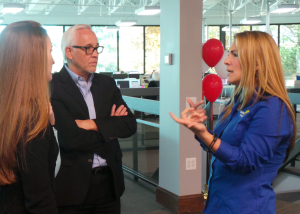 In 2014, EGI engaged with Mohawk in Dalton, Georgia, to help them turn their on-campus showroom into what would become the first Living Building project in the Southeast, the Light Lab. We organized speaking engagements at which other carpet manufacturers told Mohawk and the Collaborative that avoiding items on the “Red List” was virtually impossible and no one could ever convince their supply chain to meet these demands. Laughable when one considers what is now the Declare database, but a very serious and heated debate took place only a few years ago with countless manufacturers who still grumble at the mere mention of “the List.”
In 2014, EGI engaged with Mohawk in Dalton, Georgia, to help them turn their on-campus showroom into what would become the first Living Building project in the Southeast, the Light Lab. We organized speaking engagements at which other carpet manufacturers told Mohawk and the Collaborative that avoiding items on the “Red List” was virtually impossible and no one could ever convince their supply chain to meet these demands. Laughable when one considers what is now the Declare database, but a very serious and heated debate took place only a few years ago with countless manufacturers who still grumble at the mere mention of “the List.”
I rushed back from the 2016 Living Future conference to meet with the City of Atlanta to tell them they had an opportunity to do what no jurisdiction in the entire world has been able to do by creating a permit to allow buildings to disconnect from municipal water and sewage. I warned them that the Georgia Institute of Technology would be knocking on their door asking to do that very thing, and as a Collaborative we wanted them to be prepared. Take a wild guess as to who was asked to join a conference call only a few weeks later to walk Georgia Tech through what had already been explained to the City. And would you believe me if I told you that about six months earlier the Collaborative held a panel discussion about Net Positive Water at which a gentleman with the Ci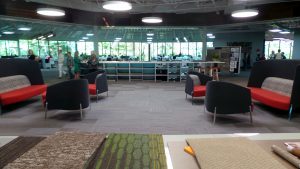 ty told us no one would ever be allowed to treat their own water on-site? I stood up at that same conference and told a room full of attendees that EGI knew we wouldn’t make a profit on the Mohawk Light Lab, but we didn’t care—helping Mohawk prove that Petal Certification was possible in the Southeast was more important.
ty told us no one would ever be allowed to treat their own water on-site? I stood up at that same conference and told a room full of attendees that EGI knew we wouldn’t make a profit on the Mohawk Light Lab, but we didn’t care—helping Mohawk prove that Petal Certification was possible in the Southeast was more important.
And in that same year, I jumped with two feet into the deep end of owning a company where this is all that we do, day in and day out. We prove people wrong. We convince them that they should engage with us on their next project and then we show them it is not always painless, but it is always incredibly rewarding. We save them money. We save them time. And we always find ways to reward those who just want to do the right thing.
So, what’s next? The entire community is relying on the Living Building at Georgia Tech to prove many naysayers wrong…because it can be done, and it will be done. In the Southeast we have humidity, we have insane pollen seasons, we have major shifts in temperatures, and we have very expensive water bills. In Georgia, we have a governor who signed off on a bill banning certifications like this for state-funded projects. The State of Georgia has fought with neighboring states for decades over who has rights to the natural bodies of water that these states share, the same bodies of water that Georgia uses as potable water for human consumption and sewage conveyance.
But none of this has stopped the team so far. And, as you can see, I’m not alone here in the Southeast. There are tons of people wanting to do the right thing, prove naysayers wrong, and ultimately shift the mindset of people toward a carbon-negative life instead of a carbon-positive one. I’m incredibly inspired every time I attend a Living Future conference, but what I truly enjoy is coming back home and spreading knowledge that I have gained to the people in our region who are trying to solve the puzzle of “how do we accomplish this here?”
When people ask me, “So, which state do you like more, Georgia or California?” my answer is and will always be, “I don’t have a favorite; they are too different.” Georgia’s lakes cannot compete with California beaches or the Pacific Ocean. I’ve grown to love Georgia’s tropical thunderstorms and the change in the leaves. My allergies are arguably worse in Georgia, but this is the only place I have lived where I don’t need a humidifier to sleep at night. I still prefer roly polies over giant mosquitoes (and even bigger spiders). Being a Democrat in the State of Georgia is certainly a challenge, and California is quite arguably the most progressive state in terms of sustainable policies. And in some ways, I feel like California doesn’t necessarily need me.
I know that this is truly just the beginning of my story: I’ve only scratched the surface when it comes to making changes in Georgia and I still have the entire Southeast to conquer. And no matter how my story ends, you will be happy to know I still only use recycled content paper.
